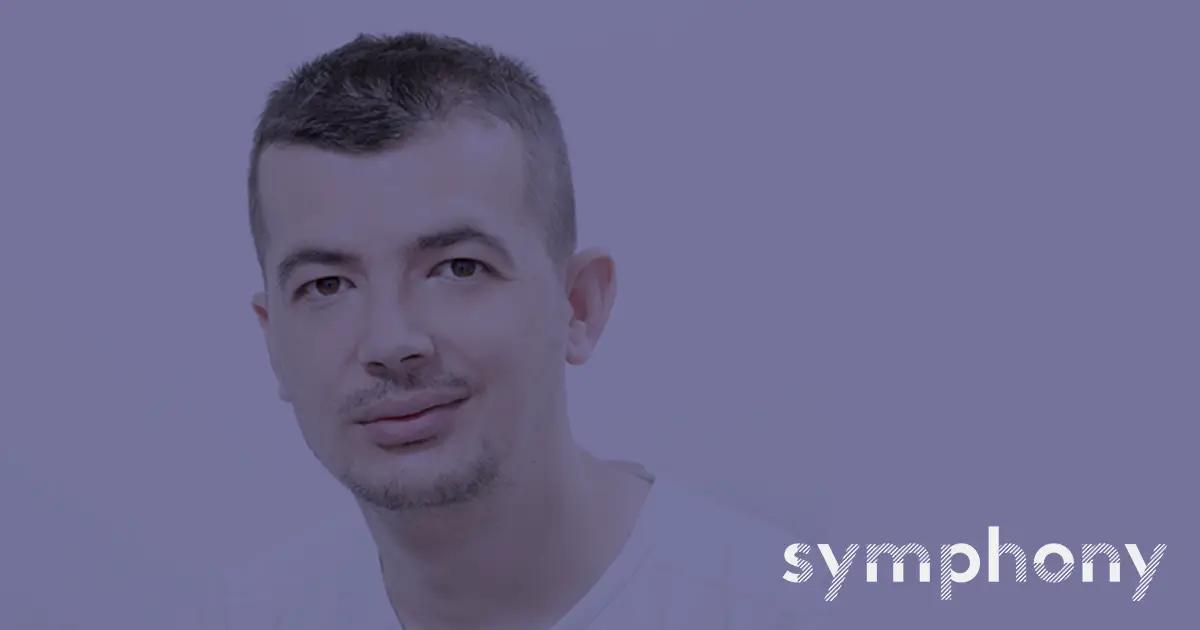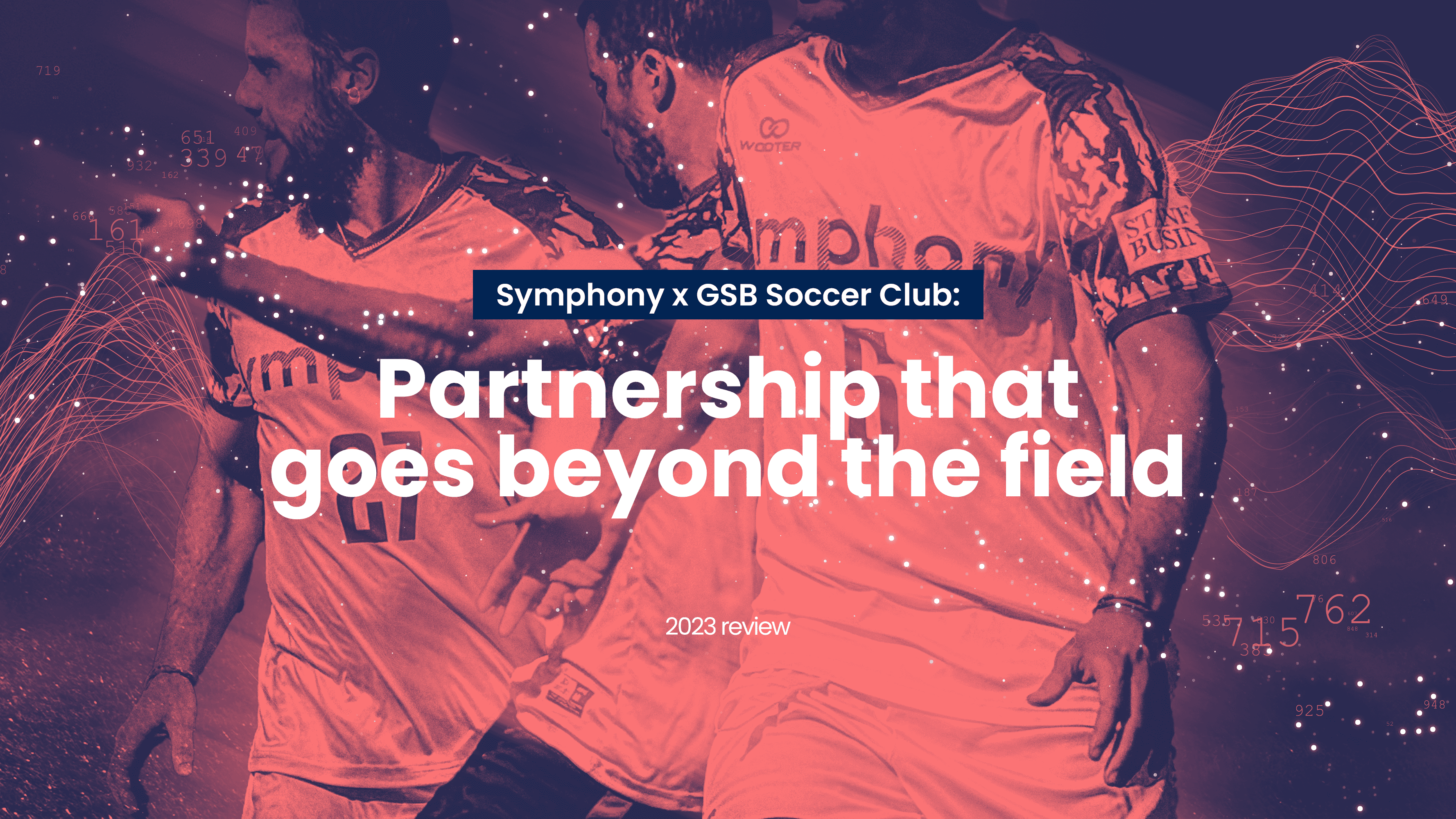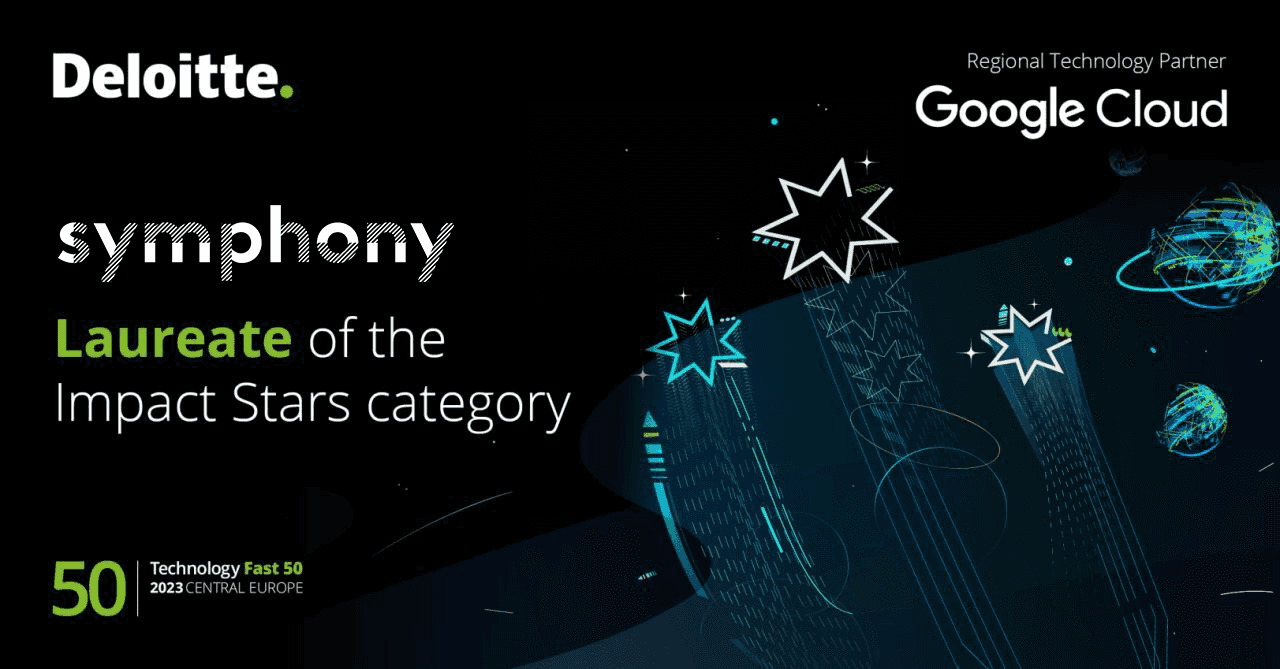Nirmel Murtic has spent more than a decade in the IT world, exploring various engineering technologies and innovative approaches. Five years ago, he joined Symphony and started his journey with us. We approached this interview with one goal in mind - no excessive questions; instead, we will let Nirmel lead us through his story and describe what it took to be where he is today.
Thirteen years of acquiring knowledge in one sentence
"I never ran away from trying something new because I never knew where I could find myself." - he started. Nirmel's experience ranges from frontend to backend technologies with many different programming languages and frameworks in his skill set. From mobile app development to Python - even some fun personal projects like developing a chess app - Nirmel was intrigued by all of it. He continued his story: "My favorite programming language is Java, especially in combination with the Spring application framework. You know, you will rarely find somebody engineering for this many years, who started with one technology and returned to the same technology after trying many different things. I liked Java from the beginning, it was powerful and interesting, and I loved working the system. Since then, many things grabbed my attention, and I learned a lot. I am not saying I loved everything - but I gave myself many chances to grow in different directions. However, thirteen years later, I find myself going back to the roots."
He jokingly added that thirteen years of his work might be equivalent to Spring's development from version 2.0 to version 5.3.!
Reactive Programming - How his pursuit of exploring became a stepping stone for the company
When asked about his favorite experience developing and exploring along with Symphony, Nirmel instantly said - Reactive Programming, which means diving deep into the still unexplored world of backend and microservice architecture.
Nirmel explained: "One of the recent projects at Symphony allowed us to start from scratch and create solutions in a newer and more modern way. I insisted that we try reactive programming with Spring reactive stack. As much as it was an unknown and, therefore, a bigger challenge for our team, we managed to create great microservice architecture!"
He explained to us, "Reactive programming with Spring WebFlux is interesting and fun! It's an asynchronous programming paradigm concerned with data streams and the propagation of change. It's relatively new, it's production-ready in only 2-3 years, and all the recent web services are striving for it."
He continued: "Take this as an example - if we are talking about a user management service where we will use a relational database with a lot of relationships between tables and complex queries, reactive programming will not bring all benefits because of the blocking nature of the relational database and MVC stack still can be considered as an option. On the other hand, if we use a NoSQL database like Cassandra, MongoDB, or Redis - naturally reactive databases - it is logical that we will also choose a reactive stack for programming. Efficiency, speed, and resilience are the main reasons why someone chooses reactive stack!" Nirmel pointed out that reactive programming does not exist only in Java and should not be limited to it.
After this successful implementation, he decided to take it to the next level - prepare a knowledge sharing session for our colleagues, better known as Tech Flow within Symphony. Nirmel presented and shared his knowledge on reactive programming with all the potential it holds. We can only try and describe the delight our colleagues took in this learning opportunity!
Starting spontaneously, this became a big stepping stone for our company. Together with other colleagues, Nirmel started working on creating hybrid common shared libraries by combining reactive and traditional MVC stack.
He explained this step in detail: "It is an opportunity to improve the quality of all other Symphony projects and solutions, but at the same time it is an opportunity to spread knowledge and experience with other colleagues." Being aware of numerous possibilities this kind of improvement brings, he is excited for 2021!
After thirteen years, many technologies, experiences, and an hour of our interview, Nirmel stated almost humblingly, "I hope this was sufficient." :)




